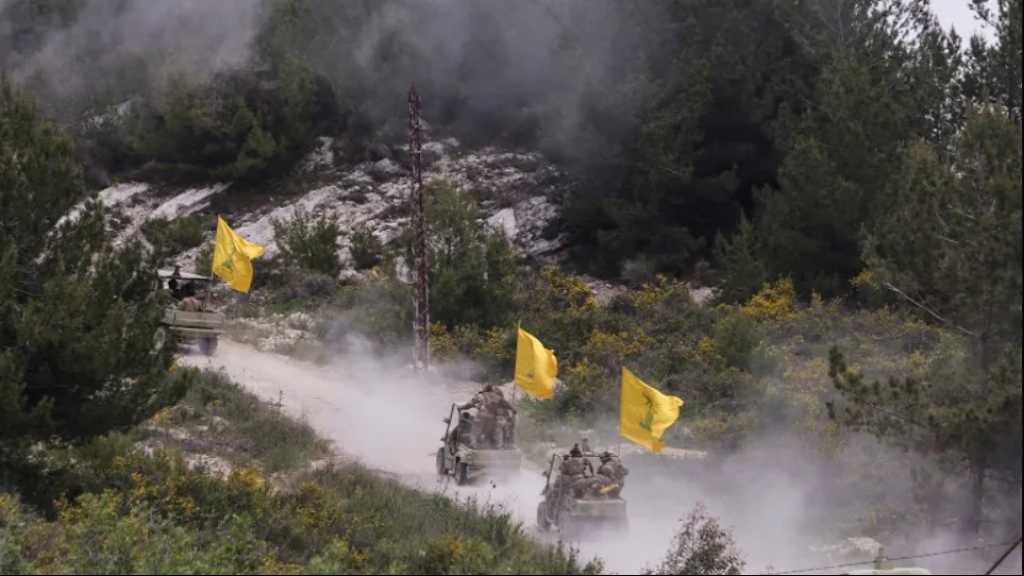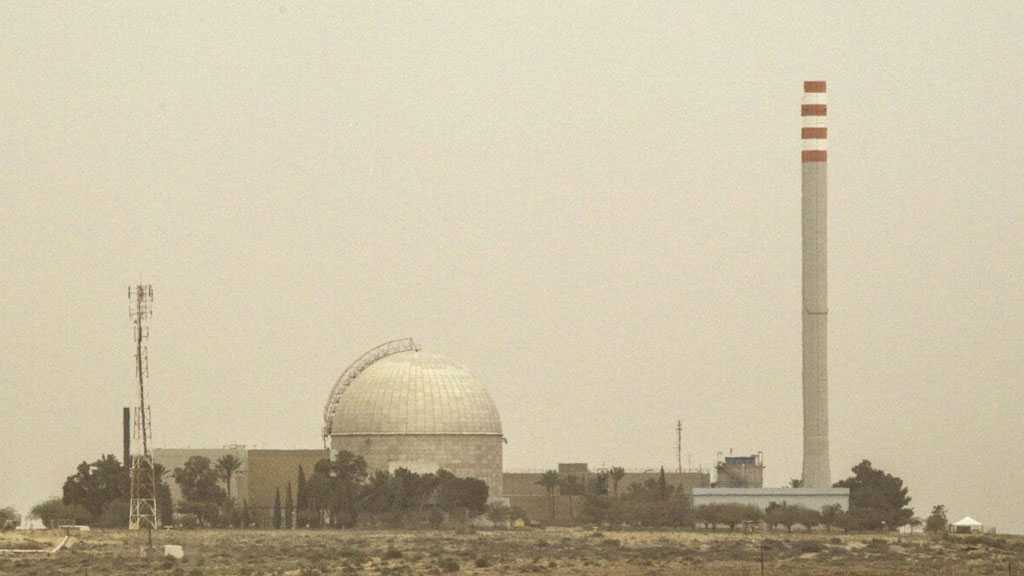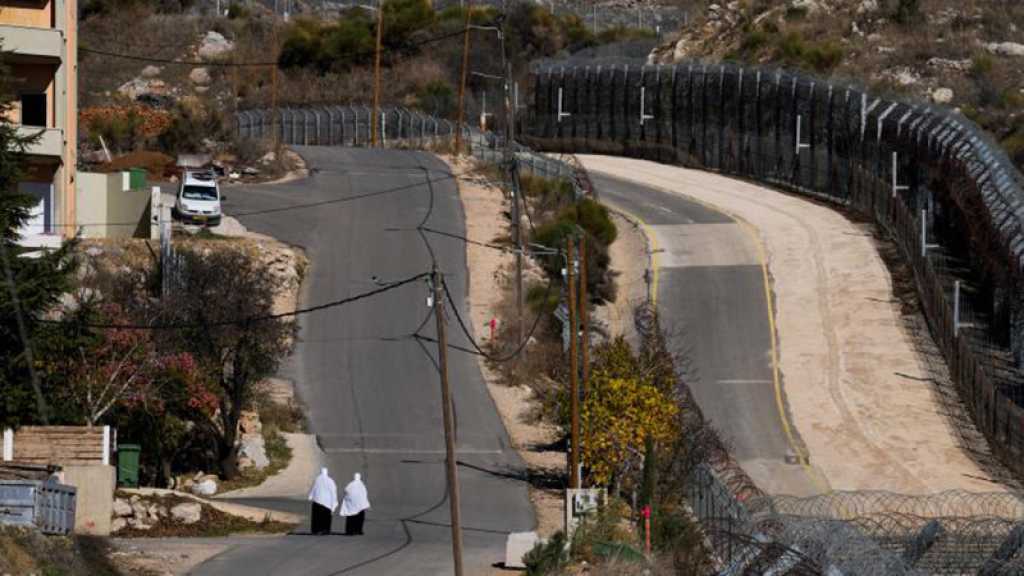
“Israel” Fears Hezbollah’s ‘Land of Tunnels’: A Potential Surprise, A Threat Equal to A Tsunami

By Staff, Alma
The “Israeli” Alma Research Center reflected the entity’s fear that Hezbollah Secretary General His Eminence Sayyed Hassan Nasrallah is preparing for the upcoming conflict with “Israel”.
In its report, the center cautioned that Hezbollah has developed its underground capabilities in Lebanon, including a series of tunnels near the border with Occupied Palestine.
“Hezbollah will likely utilize weapons, threats, and methods it never employed before in its forthcoming conflict with ‘Israel’ to deliver a severe and unexpected blow [even if it is restricted and focused], eroding the army’s confidence and affecting Israeli perceptions among the general public,” the center mentioned.
It pointed out that one of the surprises Sayyed Nasrallah is preparing for the next conflict is the tunnels being dug beneath “Israeli” settlements or security facilities, which, when exploded, would cause significant damage due to their immense power.
It further detailed that “In our opinion, explosive-filled ‘terror’ tunnels are one of the threats and surprises that might be expected in a future confrontation with Hezbollah. The threat of ‘terror’ tunnels is another layer in the underground infrastructure of Hezbollah’s “Land of the Tunnels” in Lebanon, which comprises attack tunnels, infrastructure tunnels, and strategic tunnels.”
According to the research center, “These tunnels are packed with explosives that run beneath a community, security facility, or geographical location where an explosion might harm the enemy. The tunnel is filled with tons of explosives and is sealed and activated at a determined moment.”
“Using these tunnels causes significant destruction. Due to their immense force and underground location, explosive charges in tunnels of this type, unlike bombs or missiles from the air, have the effect of an earthquake rather than a bomb and can thus destroy a community or an entire facility,” Alma center claimed.
It emphasized that “There is no concrete information about such tunnels, but it is difficult to believe that Hezbollah would relinquish such lethal capabilities in the upcoming war.”
The center added, “Tunnels like these can assist Hezbollah’s Unity of Steadfastness in gaining control over areas and settlements in the Galilee.”
“Many Israeli military posts and communities along the border with Lebanon make it quite easy to dig such explosive-filled tunnels and plant bombs in them at will. These tunnels are more challenging for sensors to detect if they exist because they are sealed and there is no movement within them,” it warned, noting that “Sometimes there is no need to excavate directly beneath the target, and the explosives can be buried beneath the region near the target. The explosion’s force blows away the earth and rocks near the target, as well as the target itself. The effect is similar to a dirt and rock tsunami.”
The “Israeli” fear is clearly reflected: “With correct planning, an explosion of this type can cover a building, a military base, or an entire population in a thick layer of earth, effectively burying everyone beneath it.”
“Hezbollah ramps up public debate and awareness regarding the Radwan unit and its aim to breach the border barrier and invade the Galilee. The attention was most noticeable during Hezbollah’s huge military display on May 21. Only recently, on June 12, [Sayyed] Hashem Safi al-Din, the Executive Council’s head, stated that if ‘Israel’ made a mistake, Hezbollah’s rockets would reach Tel Aviv and the Radwan force would enter the Galilee.”
“Will the explosive-filled tunnels aid the Radwan unit in breaching the barrier and allowing them to invade the Galilee?” the report wondered before concluding: “It is conceivable to physically reach the ‘Israeli’ border wall above ground and attach explosives to it while minimizing the risk of premature exposure of the operational force. However, from a tactical standpoint, it is preferable to damage the wall and cause it to fall via a concealed explosive-filled tunnel beneath it, either by filling an existing tunnel that is located under the wall with explosives or using a new tunnel that may be excavated at the time of this writing.”
Comments



